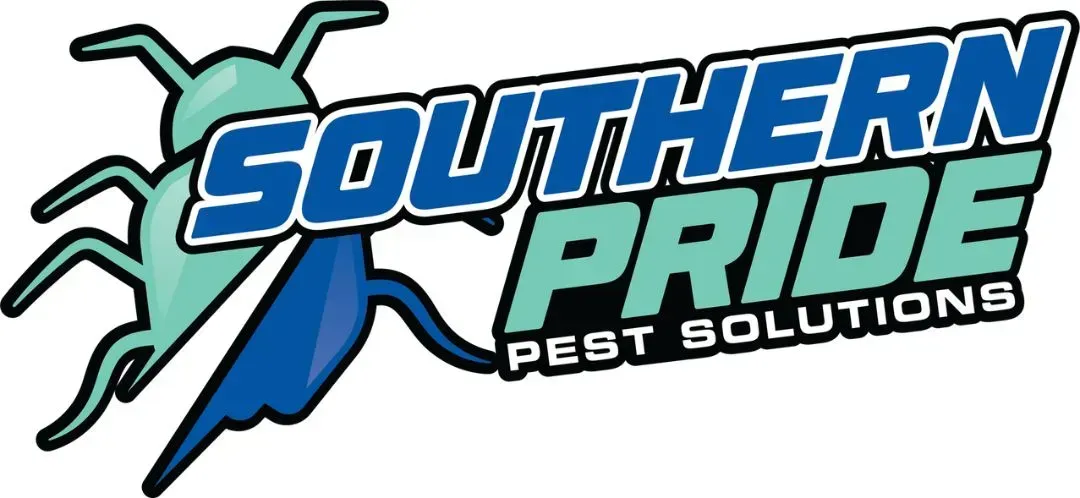Crab Spiders
Thomisidae
Crab Spiders Stats
Color: Various colors, including white, yellow, brown, and green
Size: Adults are typically 0.1 - 0.4 inches in length
Shape: Small body with long, crab-like legs that extend to the sides
What is a Crab Spider?
Crab spiders are small arachnids known for their crab-like appearance and ability to walk sideways. They are named for their resemblance to crabs and are often found in gardens and on flowers, where they hunt for prey.

Where do Crab Spiders live?
Crab spiders live in various habitats, including gardens, forests, and meadows. They are commonly found on flowers, leaves, and stems, where they camouflage themselves to ambush insects. Indoors, they are rarely seen but can sometimes be found in potted plants or near windows.
What do Crab Spiders eat?
Crab spiders eat a variety of insects. They are predators and wait patiently on flowers or leaves to catch bees, flies, butterflies, and other small insects. They use their strong front legs to grab their prey and inject venom to immobilize it.
How do Crab Spiders behave?
Crab spiders are known for their sit-and-wait hunting strategy. They do not build webs to catch prey; instead, they rely on camouflage and quick movements to ambush insects. These spiders can walk forwards, backwards, and sideways, like crabs.
How do Crab Spiders reproduce?
The female crab spider lays eggs in a silken sac, which she attaches to leaves or other surfaces. She guards the egg sac until the spiderlings hatch. The young spiders go through several molts before reaching adulthood.
How can you control Crab Spiders?
Crab spiders are generally beneficial predators that help control insect populations. If you need to control them, inspect your garden and remove any webs or egg sacs you find. Reducing the number of plants and flowers near your home can also help keep them outside.
How do Crab Spiders impact humans?
Crab spiders are not harmful to humans. They do not bite unless provoked and their venom is not dangerous to humans. These spiders can actually be beneficial by reducing the number of pest insects in gardens. Keeping your garden well-maintained can help manage their population.
Explore More Spiders
Our Pest Control Service Areas
Let us help you eliminate these pests!
We treat your home or office as if it were our own!



